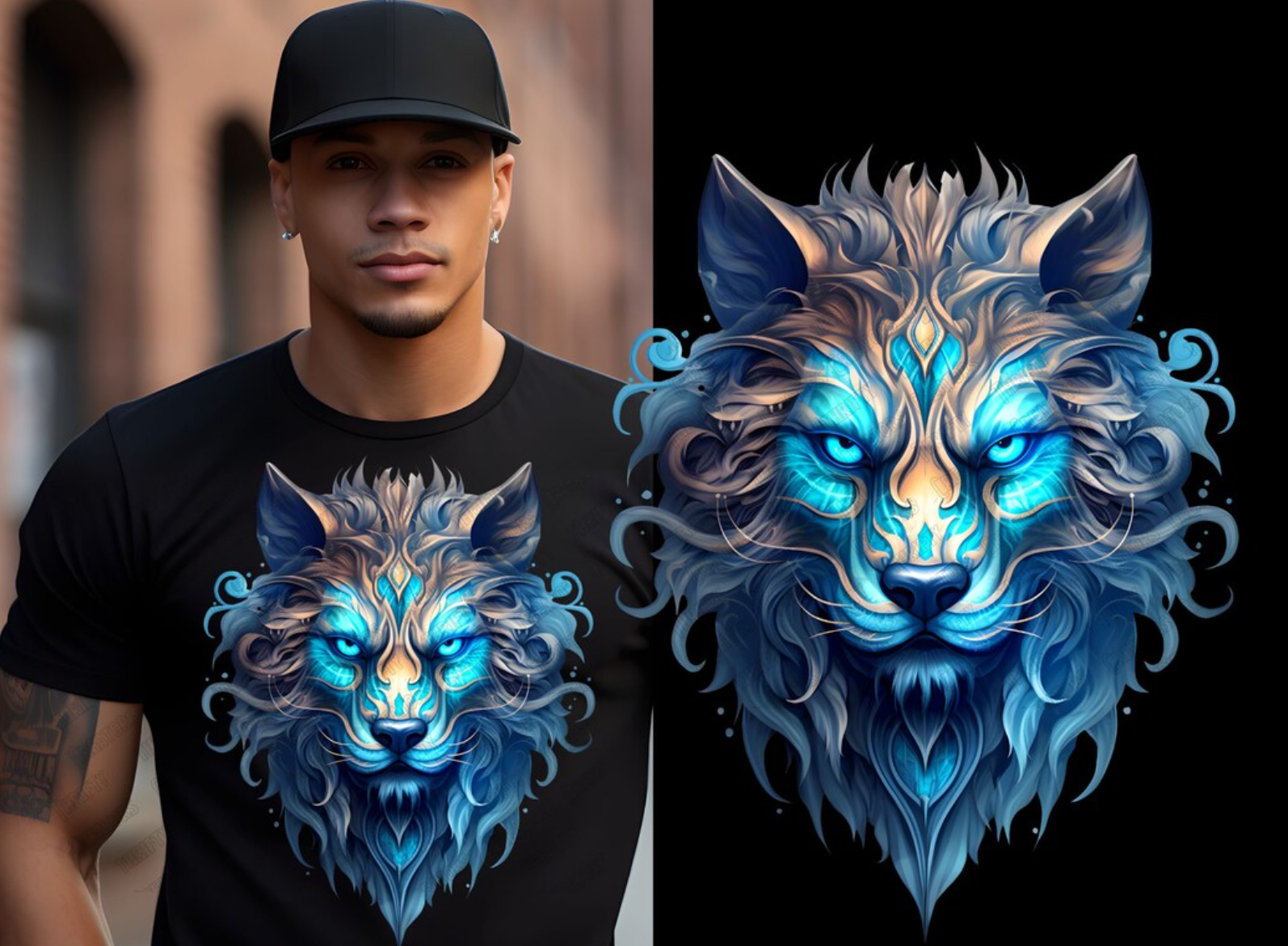
Direct Film Transfer Printing
Direct Film Transfer (DFT or DTF) simplifies the process just as its name suggests! Initially, we print the artwork onto a specialized film, and subsequently, the design from the film is directly transferred onto the garment. This method allows for printing .PNG or JPEG files directly onto the fabric without requiring file manipulation.One of the notable advantages is the accuracy in replication: what you see on the initial mockup closely resembles the final result. Unlike certain other printing methods, this consistency ensures that the anticipated design outcome aligns closely with the visual representation on the mockup.

Direct Film Transfer Printing Benefits
Direct Film Transfer (DFT) printing indeed excels in capturing vivid and vibrant colors, and it offers additional advantages:
- Simplified File Requirements: Unlike certain printing methods like screen printing, DFT printing doesn't necessitate specific file formats. Customers can conveniently provide PNG or JPEG files, eliminating the need for vectorized files. This streamlines the process and accommodates a broader range of file types for printing.
- Print Durability: DFT prints exhibit enhanced durability compared to Direct-to-Garment (DTG) prints. They withstand washing cycles effectively and maintain their quality over time. The flexibility of DFT prints ensures they remain intact without cracking or peeling, contributing to their longevity and preserving the integrity of the design.
Limitations of Direct Film Transfer
Direct Film Transfer (DFT) printing, while efficient, comes with certain limitations:
- Limited Printing Areas on Uneven Surfaces: Achieving consistent heat and pressure essential for DFT prints across uneven surfaces poses challenges. Printing over seams or uneven surfaces becomes intricate due to the necessity for uniform heat and pressure. In such cases, opting for embroidery is recommended as it can better accommodate these irregular surfaces.
- Inability to Print Gradient Edges: DFT printing allows for gradients within the design itself, but it cannot reproduce gradient edges or borders. While gradients can be incorporated within the design, the outer edges or borders cannot have a gradient effect. This limitation confines the application of gradients solely within the internal areas of the design, without extending to the edges.
Direct Film Transfer Printing Care Instructions
Certainly, here are the recommended care instructions for garments with Direct Film Transfer (DFT) logos:
- Washing Guidelines: Use cold water and turn the garment inside out before washing. This helps preserve the DFT logo.
- Drying Guidelines: Opt for hang drying whenever possible. If using a dryer, set it to a low tumble dry setting to prevent potential damage to the DFT logo.
- Ironing: Avoid ironing the DFT logo directly. Instead, turn the garment inside out before ironing. Avoid using any steam features, as they might adversely affect the logo.
- Bleach and Dry Cleaning: It's advisable to refrain from using bleach or subjecting the garment to dry cleaning processes, as these can potentially damage the DFT logo.